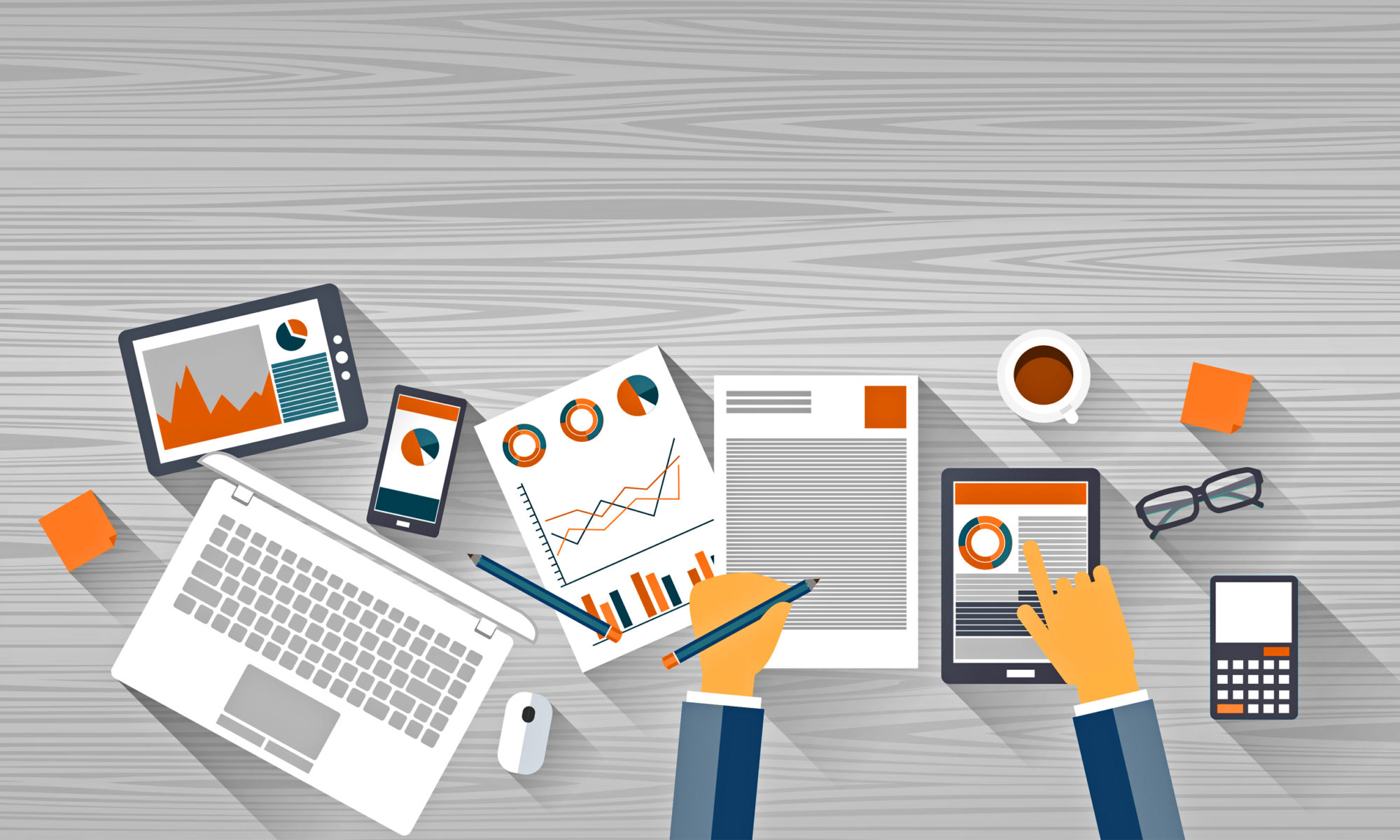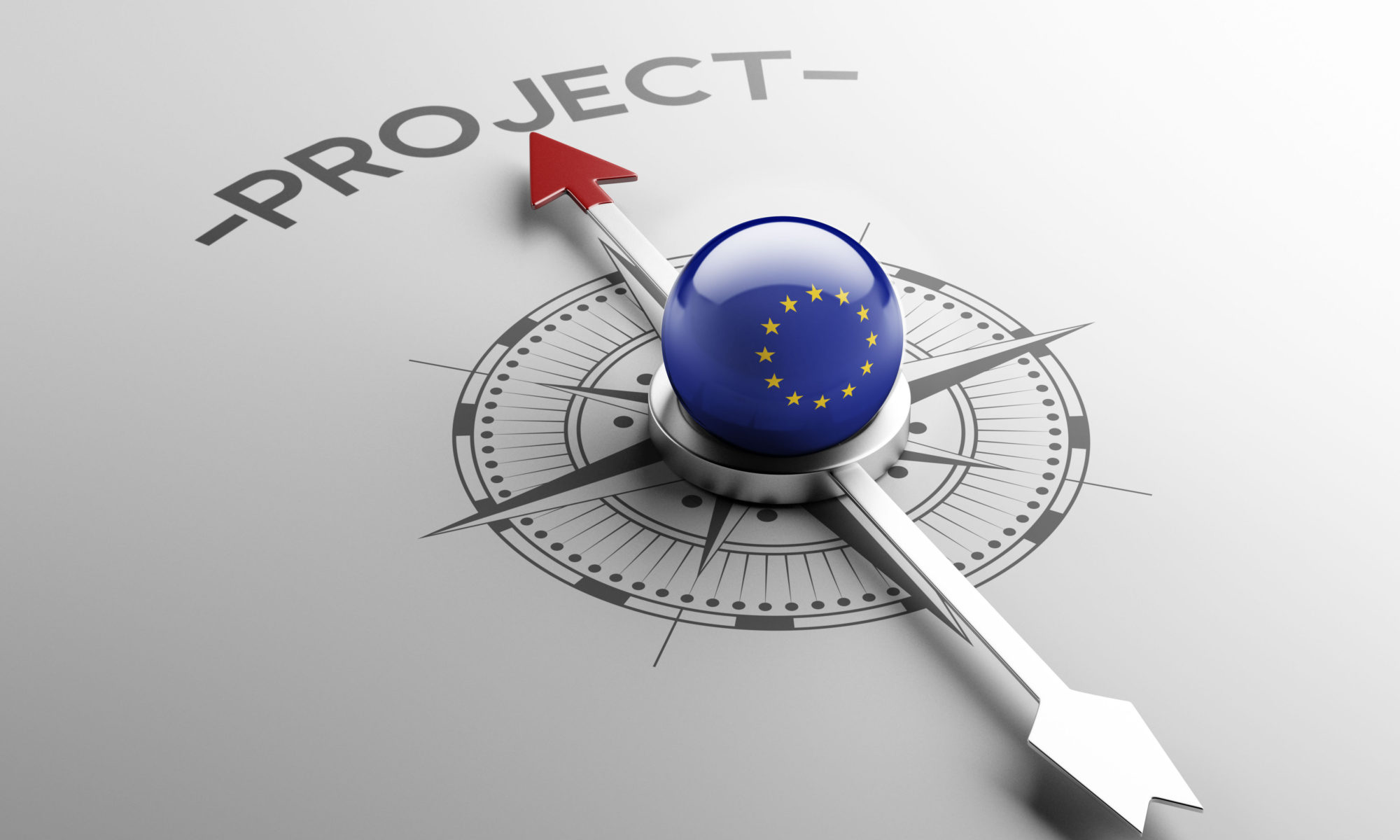Tips, tricks & tools for planning
We live in an era of strong contrasts and for us who work in the world of non-profit, all of it has many aspects: on one hand, thanks to new technologies, we can take advantage of opportunities that only a few years ago seemed impossible. On the other hand, TOO MANY OPPORTUNITIES often disorient us and make us give up. On one hand we always look for new project / economic opportunities; on the other, facing all the opportunities, we do not know what steps to take to optimize our efforts and immediately receive a feedback from our actions.
I have always worked in the world of non-profit. I have been for more than 15 years leading an organization that deals with educational projects and trainings at a local level (in Italy) and during my professional career I approached more and more the world of Calls and Contributions. The reasons are various: I do not consider myself a born seller (I have always had difficulty speaking in public and creating Networking); only on a few occasions we have managed to create lasting partnerships with private companies (Companies, Foundations or other). Another reason is that L’Orma (at least partly) offers services that can fill the gap left by institutions (Municipalities, Schools) and offers other, complementary services… That’s how over the years we have become specialized in the response to Calls / Public Announcements at the local level, identifying them as a tool that could activate projects, initiatives and synergies, helping us to realize our mission.
However I realize that approaching the world of a project design is not easy, and the Erasmus+ Program is no exception. It’s a very beautiful, stimulating and full of opportunities program, but it also risks becoming a forest full of endless guides to read, bureaucratic practices to be completed and often incomprehensible forms.
For many years friends and acquaintances have told us: “with your experience and organizational structure, you should get into the world of European projects design; you would certainly get excellent results”. However for a long time we lacked time and skills and above all desire to deal with it.
Only in 2014 we began to work on European project planning and, slowly, we were able to understand logic of the Erasmus+ Program. We presented projects that were approved and we also became partners of many other projects (some of which continued to happen even after the official end of the financing), generating immense opportunities and benefits for our organization.
We were able to offer many training opportunities to our didactic staff, that then managed to transfer what they learned into our ordinary activities (workshops in schools, training courses for teachers and summer camps for children and teenagers). We were able to meet many organizations similar to us (before discovering the Erasmus+ program we didn’t think it was possible) with which we exchanged work methods and best practices. We learned about new projects that we have imported to Italy and still continue to work on them independently from the European fundings. Finally, we have traveled to many places (European and extra-European) greatly increasing our personal and professional baggage.
Now we want to put ourselves at the service of other organizations; we want to share what we have learned in recent years and create collaborations that can develop (ourselves and others) in a coherent, correct and synergistic way.
We have therefore created the EFFECTIVE PLANNING System that contains a series of tools, advice and indications for all those who work in the European project design, to make the work easier, faster and more structured.




